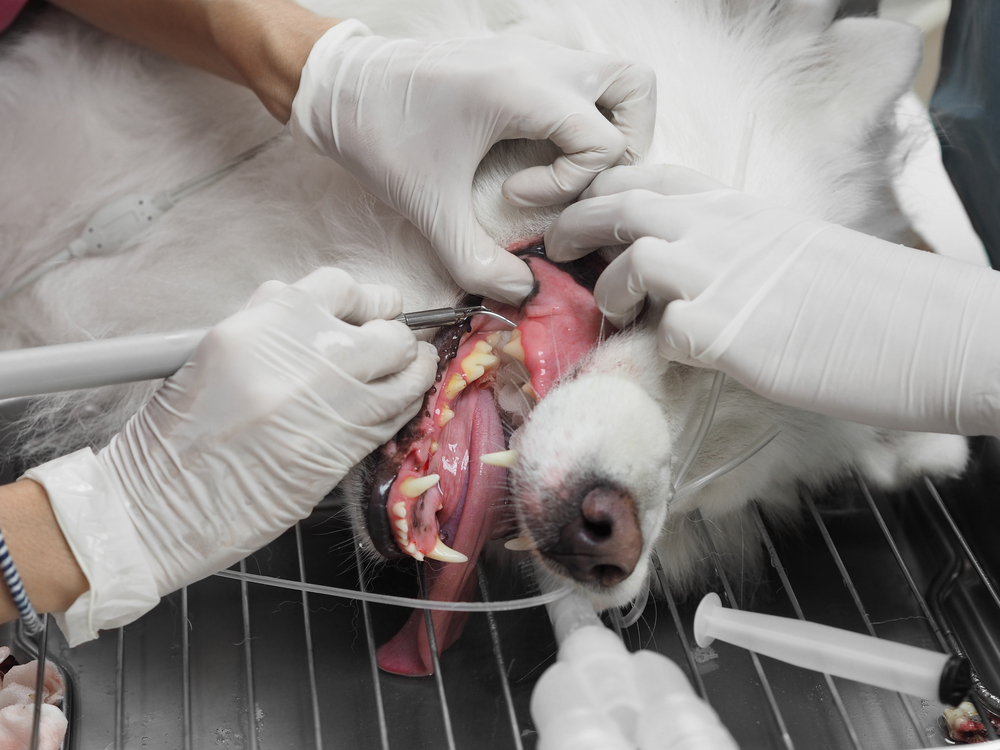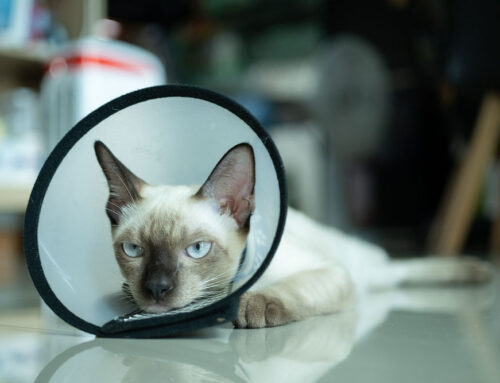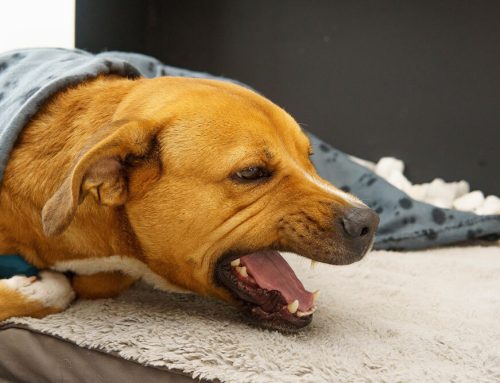Your pet’s oral hygiene is an important aspect of their overall health. Approximately 70% of cats and 80% of dogs older than 3 years of age have dental disease, and professional veterinary dental cleanings are necessary to protect your pet from this problematic condition. Our Animal Medical Hospital of Naples team wants to promote pet dental health, and we provide information about the importance of professional veterinary dental cleanings to help keep your pet happy and healthy.
Pet dental disease
When your pet eats, food particles left behind create the perfect environment for bacteria colonization. These bacteria form sticky deposits on your pet’s teeth that, if not removed, harden into tartar. These accumulations change conditions in your pet’s mouth and prevent the tooth surface from proper oxygenation, leading to overgrowth of bad bacteria. The bacteria invade under the gum line and affect the supporting teeth structures, causing several damaging consequences, including:
- Halitosis — Oral bacteria produce sulfuric compounds that cause your pet’s breath to smell bad. If you cringe when your pet breathes in your face, they likely have dental disease.
- Oral pain — As dental disease progresses, your pet can experience significant pain and discomfort, which may make eating difficult.
- Tooth loss — As the bacteria damage the structures supporting your pet’s teeth, they can become loose and fall out.
- Infection — Dental disease is an infection of your pet’s mouth that can progress to abscessation at certain oral sites.
- Fracture — In severe cases, especially in small pets, bacteria can damage the pet’s jaw bones, leading to a fracture.
- Organ damage — The bacteria can also enter your pet’s bloodstream, and damage organs throughout their body.
Professional veterinary dental cleaning
A professional veterinary dental cleaning is the only way to effectively clean your pet’s teeth above and below the gum line to remove the harmful bacteria. Here’s what to expect at your pet’s next dental cleaning:
- Pre-anesthetic preparation — Anesthesia is necessary to safely and thoroughly assess your pet’s mouth, clean their teeth, and address any dental abnormalities. We perform a thorough physical examination, complete blood count, and biochemistry profile to assess your pet’s overall health and test for abnormalities that may contraindicate anesthesia.
- Anesthesia — Once your pet is deemed a good anesthesia candidate, we place an intravenous (IV) catheter to administer medication that will make them fall asleep and insert an endotracheal tube to deliver anesthetic gas and oxygen and to help prevent fluid from entering your pet’s lungs. Our trained veterinary team carefully monitors your pet’s vitals throughout the procedure to ensure their anesthetic level is appropriate.
- Dental X-rays — Dental X-rays are necessary to evaluate your pet’s tooth roots and surrounding bone. X-rays are the only way to accurately assess your pet’s oral health.
- Oral examination — Our veterinary team thoroughly examines your pet’s oral cavity, including their lymph nodes, salivary glands, tongue, palate, teeth, and cheek surfaces. Abnormalities that we may find include:
- Gingivitis — The earliest dental disease stage is gingivitis, which causes red, inflamed gums.
- Tartar — Yellow, hard deposits accumulate when plaque isn’t removed.
- Gingival recession — Bacteria can cause tissue loss around the tooth.
- Tooth fractures — Broken teeth can be painful and make eating difficult.
- Oral tumors — Benign and malignant tumors can grow inside the mouth.
- Oral charting — We probe around each tooth, and chart all our findings.
- Cleaning — We use ultrasonic tools and hand scalers to remove plaque and tartar from above and below your pet’s gum line.
- Polishing — Cleaning the teeth leaves microscopic etchings on the tooth surface, which can allow bacteria to accumulate. We polish your pet’s teeth to remove these etchings.
- Rinsing — Once we have thoroughly cleaned your pet’s mouth, we rinse their oral cavity, and may apply fluoride or a dental sealant to help discourage plaque and tartar formation.
Most pets need a professional veterinary dental cleaning once a year, but certain pets, such as small-breed, brachycephalic, and senior pets, may need the procedure more frequently. Our veterinary team will determine how often your pet’s teeth need cleaning.
At-home pet dental care

Plaque can start to accumulate on your pet’s teeth only hours after a professional veterinary dental cleaning, and at-home dental care is necessary to promote your pet’s oral hygiene. Tips include:
- Brushing your pet’s teeth — Brushing your pet’s teeth daily is the best preventive measure for keeping your pet’s mouth healthy. The process takes time and patience, but most pets can learn to accept tooth-brushing. Pet-friendly toothpaste flavors, including seafood, beef, and poultry, can help make the process easier.
- Providing dental treats — Eating dental treats can help remove plaque and tartar buildup. The Veterinary Oral Health Council (VOHC) lists products that they approve to ensure you choose an effective product.
- Dental diets — In some cases, we prescribe a dental diet formulated specifically to help reduce tartar and plaque.
Dental disease is a serious issue that must be addressed to help keep your pet happy and healthy. If you would like to schedule a professional veterinary dental cleaning, contact our team at Animal Medical Hospital of Naples, so we can take care of your pet’s pearly whites.







Leave A Comment